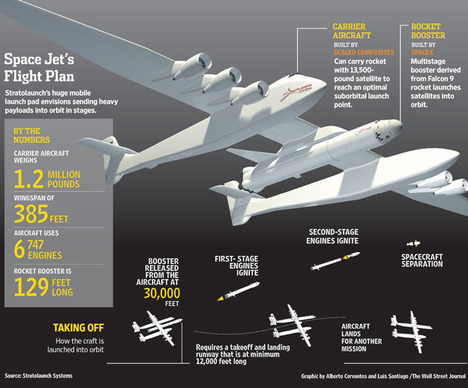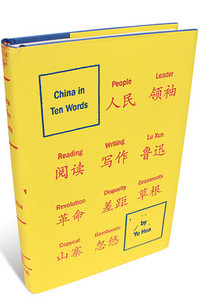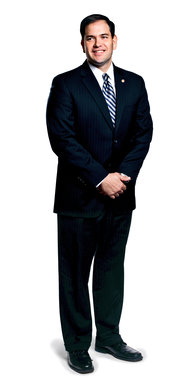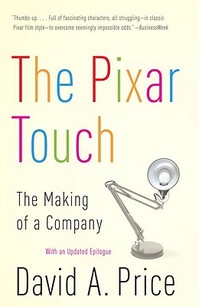(p. A19) Congressman Paul Ryan recently coined a smart phrase to describe the core concept of economic freedom: “The right to rise.”
Think about it. We talk about the right to free speech, the right to bear arms, the right to assembly. The right to rise doesn’t seem like something we should have to protect.
But we do. We have to make it easier for people to do the things that allow them to rise. We have to let them compete. We need to let people fight for business. We need to let people take risks. We need to let people fail. We need to let people suffer the consequences of bad decisions. And we need to let people enjoy the fruits of good decisions, even good luck.
That is what economic freedom looks like. Freedom to succeed as well as to fail, freedom to do something or nothing. . . .
. . .
But when it comes to economic freedom, we are less forgiving of the cycles of growth and loss, of trial and error, and of failure and success that are part of the realities of the marketplace and life itself.
. . .
. . . , we must choose between the straight line promised by the statists and the jagged line of economic freedom. The straight line of gradual and controlled growth is what the statists promise but can never deliver. The jagged line offers no guarantees but has a powerful record of delivering the most prosperity and the most opportunity to the most people. We cannot possibly know in advance what freedom promises for 312 million individuals. But unless we are willing to explore the jagged line of freedom, we will be stuck with the straight line. And the straight line, it turns out, is a flat line.
For the full commentary, see:
JEB BUSH. “OPINION; Capitalism and the Right to Rise; In freedom lies the risk of failure. But in statism lies the certainty of stagnation.” The Wall Street Journal (Mon., December 19, 2011): A19.
(Note: ellipses added.)




